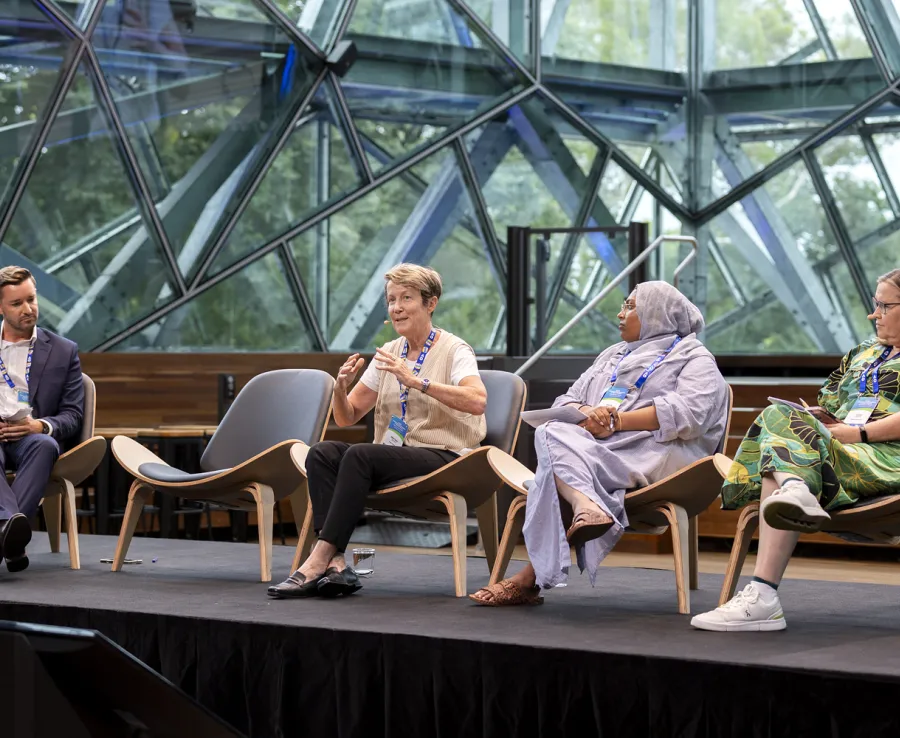We live in one of the most diverse countries in the world. Australia’s diverse communities need sporting options that celebrate diversity, promote inclusion, and most importantly, make people feel like they belong.
A big step toward achieving this is for clubs to adopt an inclusive approach that harnesses the strengths of our diverse nation. This means both addressing social exclusion and actively creating and maintaining inclusive environments in which people can participate in ways that work for them.
Research on the challenges and opportunities of inclusive sport practices shows evidence that:
- sport will continue to play an important role in promoting social inclusion, community and social health and wellbeing outcomes, positive values, and social and cultural harmony
- sports that will thrive in the future are those that best cater for culturally, gender, sexuality, age and ability diverse communities, and groups from varied socio-economic backgrounds
- individuals are making decisions on which sports and clubs to join based on their capacity to celebrate diversity and promote inclusion, have safe practices, and display integrity in all their actions and decisions
- the inclusion benefits of sport are not automatic; they require intentionality and constant work by dedicated people throughout sport
There are several key diverse groups within our society:
- Aboriginal and Torres Strait Islander peoples
- culturally and linguistically diverse (CALD) communities
- LGBTQI+ communities
- people with disability, and
- individuals from low socio-economic status (SES) backgrounds
There are many health and social inequalities for these diverse groups, and they often face heightened challenges and barriers to sport participation (both as players and in management and leadership). These barriers can be exacerbated if individuals are from low SES backgrounds. Recent research has suggested that the effects of COVID-19 have actually increased some of these health and social inequalities, creating an even stronger need to focus on diversity and inclusion in sport.
There is also an 'intersectionality’ regarding the barriers people face – this means no two people are the same and people can face multiple forms of discrimination and multiple barriers to participation. Clubs and sports can address this by doing 'holistic’ inclusion work and considering how the various barriers people face may intersect or be cumulative, rather than doing isolated work in one area.
